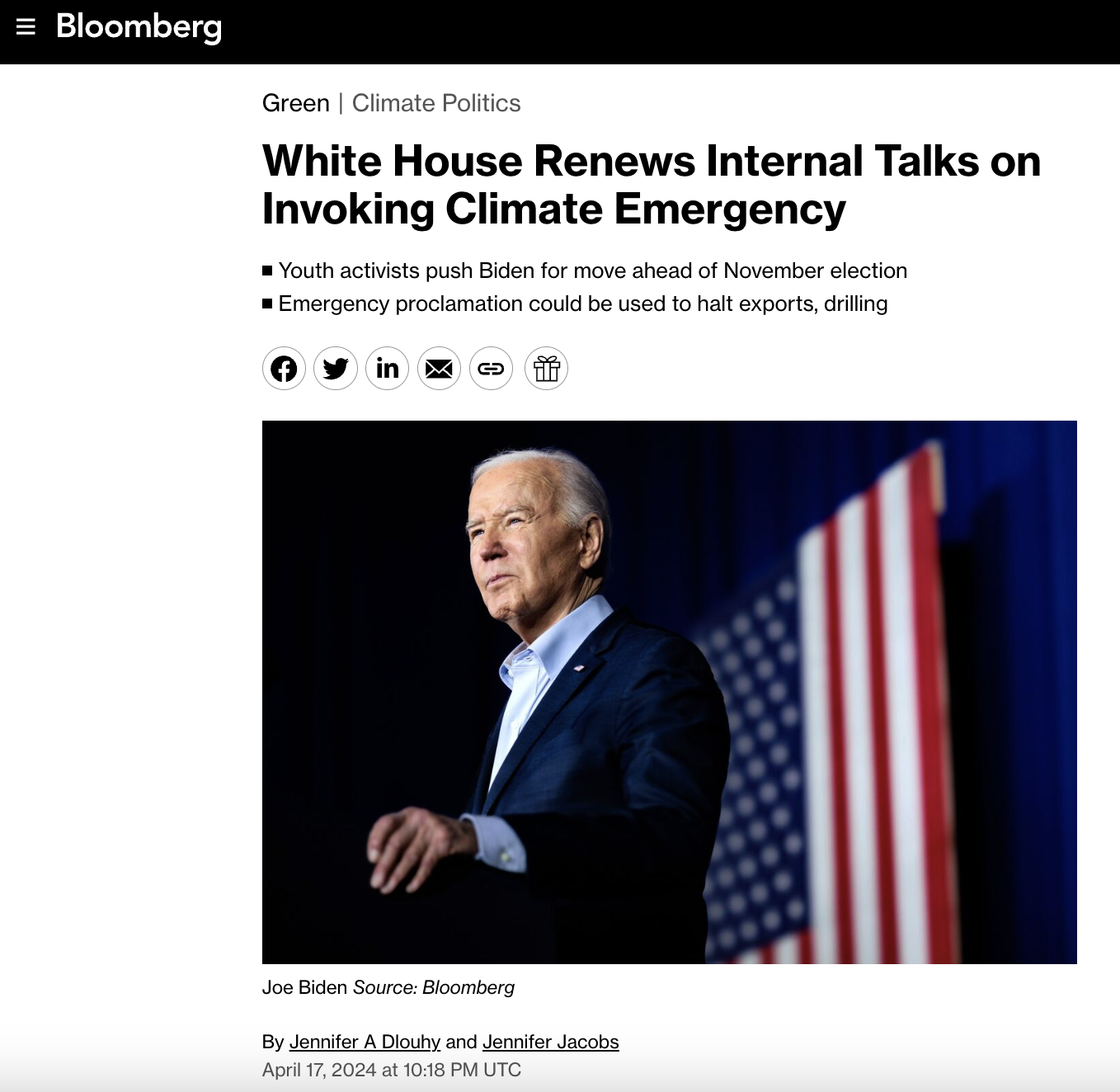Boris Johnson Is Going On A Green Spending Spree. Be AfraidClimate Change Dispatch /
Boris Johnson likes a big announcement. Back in his days as London mayor, he told us he was going to build a new airport on an island in the Thames estuary and a tree-lined ‘garden bridge’ further upstream.
Although not as hare-brained as his more recent plan to build a bridge to Ireland, neither of these schemes ever came to anything.
Much of the government’s announcement today of a major green spending spree gives the impression of having been conjured up with the same lack of any serious intent, ‘smart cities’ being an obvious example. However, some of it looks positively alarming.
Take home insulation, for example. It sounds so simple and so easy, but as study after study has shown, the cost of retrofitting the existing housing stock is wildly expensive – the cost would run to trillions – and it might even be cheaper to knock down the whole of the UK’s housing stock and start again.
Hydrogen is frequently touted as the answer to all our problems, but this is mostly a case of pulling the wool over the eyes of the unwary. Hydrogen is a way of moving energy about; it is not a source of energy itself.
In other words, to make the stuff, you need a real source of energy, which currently means natural gas.
But if you are going to burn gas to make hydrogen, you are going to get carbon dioxide given off in vast quantities, and so you need operational carbon capture equipment.
Unfortunately, carbon capture and storage has only ever worked for coal-fired power stations, and even then it’s still commercially unviable. Getting the technology to work on plant burning natural gas remains a pipe-dream.
But, say the renewables enthusiasts, we can also make hydrogen through electrolysis of water, with all the electricity coming from our rapidly growing fleet of offshore wind farms.
There are two problems with this idea. Firstly, converting electricity to hydrogen and back to electricity is grossly inefficient, and so even with rather cheap power inputs, you still will not get cheap electricity out at the end of the process.
But secondly (and disturbingly), we now know for certain that the UK’s offshore wind fleet is not going to deliver cheap power any time soon.
Two separate reviews of the accounts of the UK offshore wind fleet have shown that costs have been rising for the last ten years and that there is no sign of any reduction.
And while renewables enthusiasts say that’s all going to change in the next few years, as the latest generation of wind farms come on stream, this has now been shown unequivocally to be wrong.
There are two main strands of evidence. Firstly, when wind farm developers have put together a consortium of banks to fund the project, they announce how much they are going to borrow.
This figure gives us a lower bound on the capital cost – the typical offshore wind farm overspends by around 17 percent.
Reviewing these so-called ‘financial close’ figures indicates that wind farms coming on stream in the next few years are just as expensive as those built in the last five.
But what about the possibility that they will not spend all of their loans? This idea is killed off by the other strand of evidence: the financial accounts of those next-generation wind farms, currently under construction off the east coast. These contain no indication of any change in the costs.
In other words, we are going to take very expensive electricity from offshore wind farms, use it to make hydrogen, which we will burn to make electricity again.
With such a plan in place, it is hard to imagine just how expensive electricity is going to become in the future.
Prices have doubled since the Renewables Obligation came into force back in 2002, and this was undoubtedly a significant factor in the loss of much of our manufacturing base.
A further drive for wind turbines, which produce power at two to three times the cost of a gas turbine, would drive costs up hard. Add in the cost of dealing with their intermittent supply of power and we could easily see prices more than double again.
The implications for businesses and households in the UK are horrifying. Who would want to live in a country that was set on such a destructive path? Who would want to invest in it?
And when the Prime Minister claims that he’s going to create 60,000 jobs with his green spending spree, you have to wonder how many will jobs he will destroy along the way. We can only hope and pray that he is playing to the crowd again.
Read more at Spectator UK
The post Boris Johnson Is Going On A Green Spending Spree. Be Afraid first appeared on Climate Change Dispatch.SHAREVISIT WEBSITE


